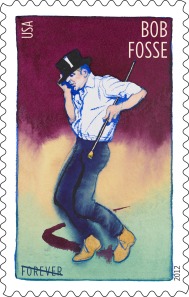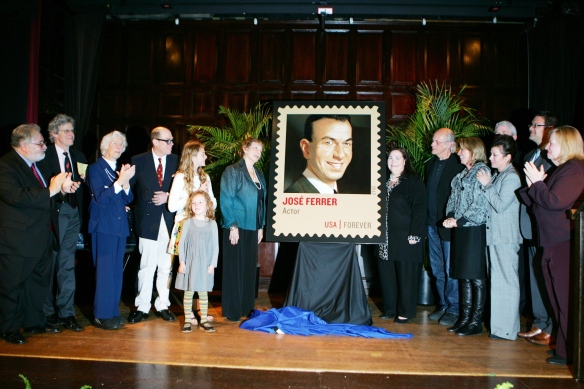As movie fans eagerly await the Oscars, it’s worth remembering the night when black history forever became Hollywood history, too. At a banquet in 1940, Hattie McDaniel became the first African American to win an Academy Award—and quietly bequeathed a legacy of hope to other black performers.
 In 2006, McDaniel was featured on a Black Heritage stamp—a potentially controversial decision for the Postal Service, because the actress dealt with withering scorn for playing maids and other stereotypical roles. “I’d rather play a maid than be one,” she often quipped, working behind the scenes to battle racism and discrimination in ways that her critics came to appreciate only later.
In 2006, McDaniel was featured on a Black Heritage stamp—a potentially controversial decision for the Postal Service, because the actress dealt with withering scorn for playing maids and other stereotypical roles. “I’d rather play a maid than be one,” she often quipped, working behind the scenes to battle racism and discrimination in ways that her critics came to appreciate only later.
McDaniel won praise from the NAACP and the National Urban League when she played the title role on The Beulah Show, a radio program that aired from 1947 to 1952. As the lead in the first radio show to feature a black star, she insisted that her character not speak in dialect, and she successfully negotiated the right to alter scripts that didn’t meet her approval.
Of course, McDaniel’s ultimate claim to immortality remains her turn in the 1939 classic Gone with the Wind. Unfortunately, her actual award—not a statuette, but a small plaque—has long since vanished. Prior to her death in 1952, she bequeathed the plaque to Howard University, but it went missing sometime in the 1960s. The search for the award prompted a recent Washington Post feature story and a fascinating law journal article—and hope that it may someday reappear.
In the meantime, we’re pleased to have honored McDaniel on a stamp that shows her in the dress she wore on the biggest night of her career, and to have told her story on a commemorative panel. Her accomplishment was aptly and movingly summed up by actress Fay Bainter, who presented her with the Academy Award: “It opens the doors of this room, moves back the walls, and enables us to embrace the whole of America.”
We have two copies of the 2006 Hattie McDaniel commemorative panel to give away today. The 8 ½ x 11 ¼-inch panel includes a background narrative about McDaniel as well as historic images and a block of four mint Hattie McDaniel stamps in a protective acetate mount. To enter to win, all you have to do is email your name and address to uspsstamps [at] gmail [dot] com. Two winners will be selected at random. The deadline for entries is 10 p.m. EST, Friday, February 22. Good luck!
CONTEST UPDATE: Congratulations to our two winners: Tomekia Walker and Mark Pawelczak! If you didn’t win this time, don’t worry. We’ll have plenty more contests and giveaways throughout the year.






